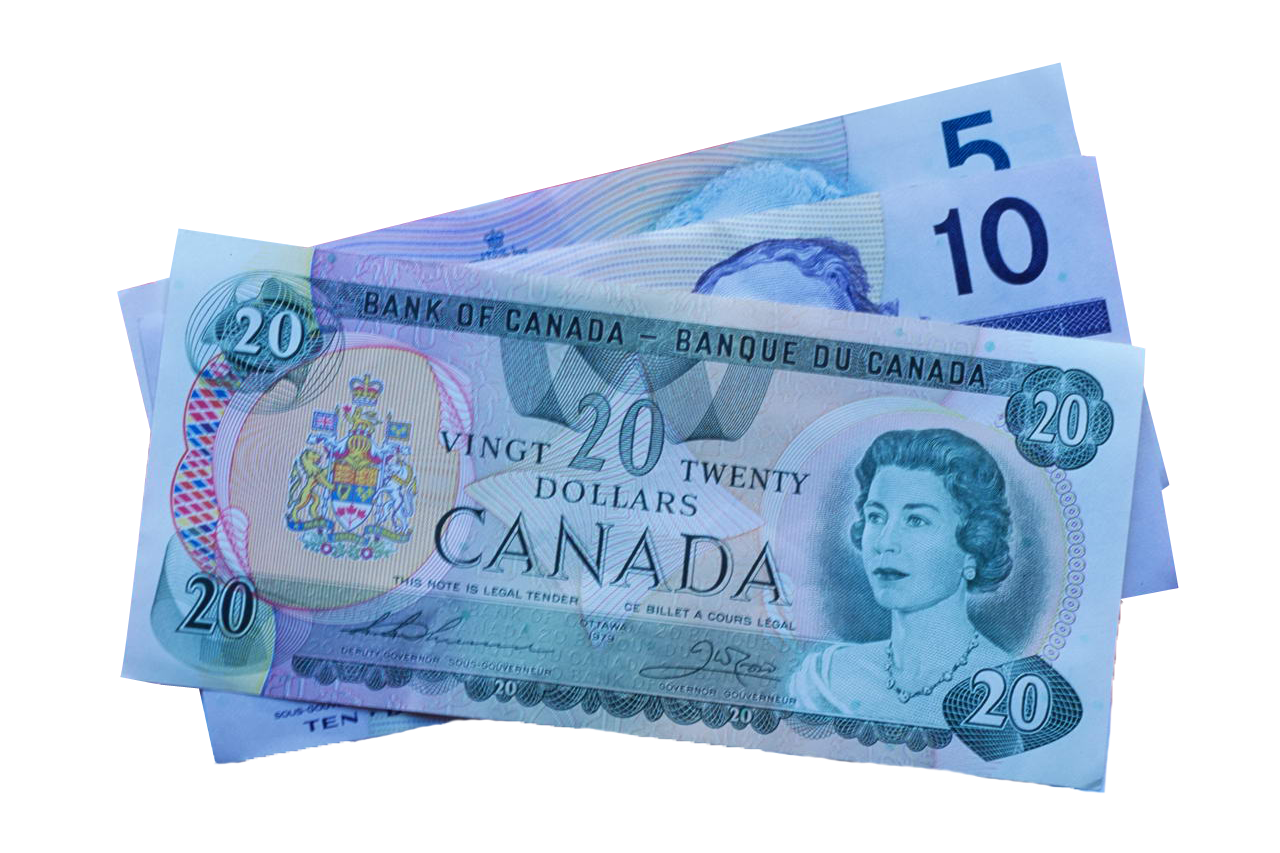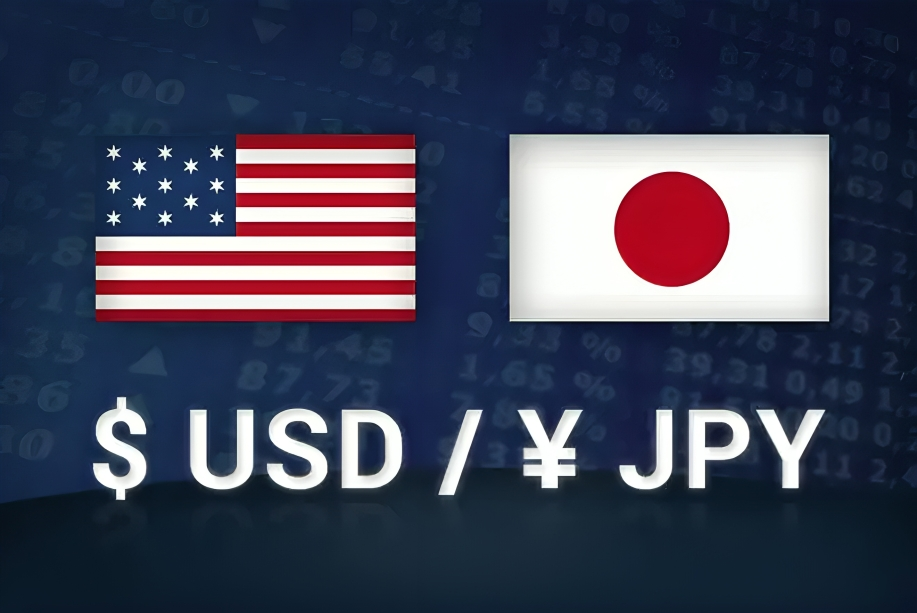Canadian Dollar (CAD) continued its losing streak for a sixth straight day, falling to its lowest in over a month as a combination of home economic weakness, trade tensions, and robust U.S. data kept the currency under pressure. Canada’s GDP decreased 0.1% in May for the second consecutive month, with U.S. President Donald Trump warned Canadian goods not included in the USMCA of 35% tariffs if there is no agreement by August 1. While stronger-than-expected U.S. inflation and labor market figures further reinforced the U.S. Dollar, putting pressure on the CAD, investor sentiment towards the Canadian economy is still wary given trade tensions rising and economic momentum weakening.
KEY LOOKOUTS
• The markets are anxiously observing if a new trade agreement will be reached prior to Trump’s suggested tariff deadline, potentially having drastic effects on Canadian exports.
• With consecutive GDP declines and increasing trade risks, additional rate cuts by the Bank of Canada are still in the picture if economic conditions worsen.
• Ongoing U.S. inflation and labor data strength should continue to buoy the USD, with a potential short-term upside for the USD/CAD pair.
• Canada’s foreign policy announcements, including its recent Palestinian statehood positions, may continue to put further stress on US-Canada relations and detract from CAD sentiment.

The Canadian Dollar continues to struggle as a mix of soft domestic economic data, rising trade tensions with the U.S., and improved-than-anticipated American economic readings bear down on the currency. As Canada’s GDP fell for the second straight month and U.S. President Donald Trump gave warning of massive tariffs on Canadian exports if a new trade accord is not reached by August 1, investor attitudes have become increasingly risk-averse. While that was happening, firm U.S. inflation and labor data strengthened the Greenback, sending the USD/CAD pair to its highest level since late May.
The Canadian Dollar is under ongoing pressure due to diminishing GDP, increasing trade tensions with the U.S., and robust American economic data. USD/CAD has rallied to a high in two months, with market attention on August 1 tariff imposition.
• The Canadian Dollar has lost ground for six consecutive sessions, hitting a low since last month of May.
• U.S. President Trump threatens 35% tariffs on Canadian items not included under USMCA if there is no agreement by August 1.
• GDP of Canada fell 0.1% in May for the second month running.
• The Bank of Canada left interest rates steady at 2.75% but indicated potential cuts in the event of an economic slowdown.
• U.S. Core PCE Price Index increased 0.3% MoM in June, remaining above estimates and supporting concerns over inflation.
• Initial jobless claims declined to 218K, indicating a strong labor market in the U.S.
• Increasing geopolitical tension and uncertainty in trade keep weighing down investor sentiment in the Canadian Dollar.
The Canadian Dollar is coming under increasing pressure as a combination of economic hardship and political uncertainty shrouds the future of Canada’s economy. The most recent GDP numbers announced a 0.1% loss in May, the second consecutive monthly drop, which indicates weakening momentum in major sectors. Meanwhile, relations with the United States have become increasingly strained. President Trump’s latest threat of deep tariffs against Canadian products beyond the USMCA has created apprehension of an impending trade war. The comments followed soon after Canada openly endorsed Palestinian statehood—a subject that has created more tension in diplomatic ties between the two countries.
USD/CAD DAILY PRICE CHART

SOURCE: TradingView
Domestically, policymakers face a sensitive climate. The Bank of Canada left its benchmark interest rate unchanged but recognized ongoing inflation pressures and increased uncertainty related to trade. In the meantime, the United States keeps pumping out solid economic information, presenting another wrinkle for Canada’s economic planners. Consumer spending and income in the U.S. both posted gains, and unemployment claims were low, highlighting strong demand south of the border. As negotiations are ongoing and the deadline of August 1 draws closer, investors and policymakers alike are on tenterhooks, not knowing what the future holds for Canada’s trading future.
TECHNICAL ANALYSIS
The USD/CAD currency pair is trading at the doorstep of a critical resistance zone of 1.3830–1.3850, its highest level since May end. A break above this range in the long term would set the stage for a push towards the next resistance of 1.3900. Momentum indicators such as the Relative Strength Index (RSI) are heading towards the overbought zone, indicating some short-term consolidation or pullback potential. Overall, however, the trend remains bullish as long as the pair remains above the 1.3750–1.3780 support zone, with the buyers likely to continue dominating unless some fundamental shift takes place.

FORECAST
If trade tensions subside and the August 1 tariff imposition deadline slips by without imposition of fresh duties, the Canadian Dollar may recover some lost ground. Encouraging news in US-Canada trade negotiations, in conjunction with any indication of Canada’s economic statistics rebounding, can sustain a CAD rebound. Moreover, if the Bank of Canada provides a positive indication of future growth or inflation softening starts to materialize, it will be able to regain investor confidence and drive USD/CAD lower towards key levels of support.
Still, if the U.S. imposes Trump’s suggested 35% tariffs, the Canadian economy might be put under further pressure, likely pushing the CAD lower. Persistent weakness in local data, especially if GDP deteriorates further or inflation accelerates unexpectedly, could heighten the chances of BoC rate cuts, again weighing on the currency. At the same time, if U.S. economic figures keep emerging strongly and risk appetite continues to remain weak, USD/CAD could post fresh highs and head towards 1.3900 or higher in the near future.







